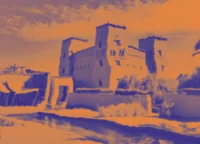Lost Kingdoms
A 9 day Morocco private tour : immersive and off the beaten track. Home Lost Kingdoms ( 8 – 10 days) For local encounters and experiences, it doesn’t get any better: Morocco at its most untouched. This 9 day Morocco tour leaves Marrakech over the High Atlas , reaches the Sahara to then take you […]

